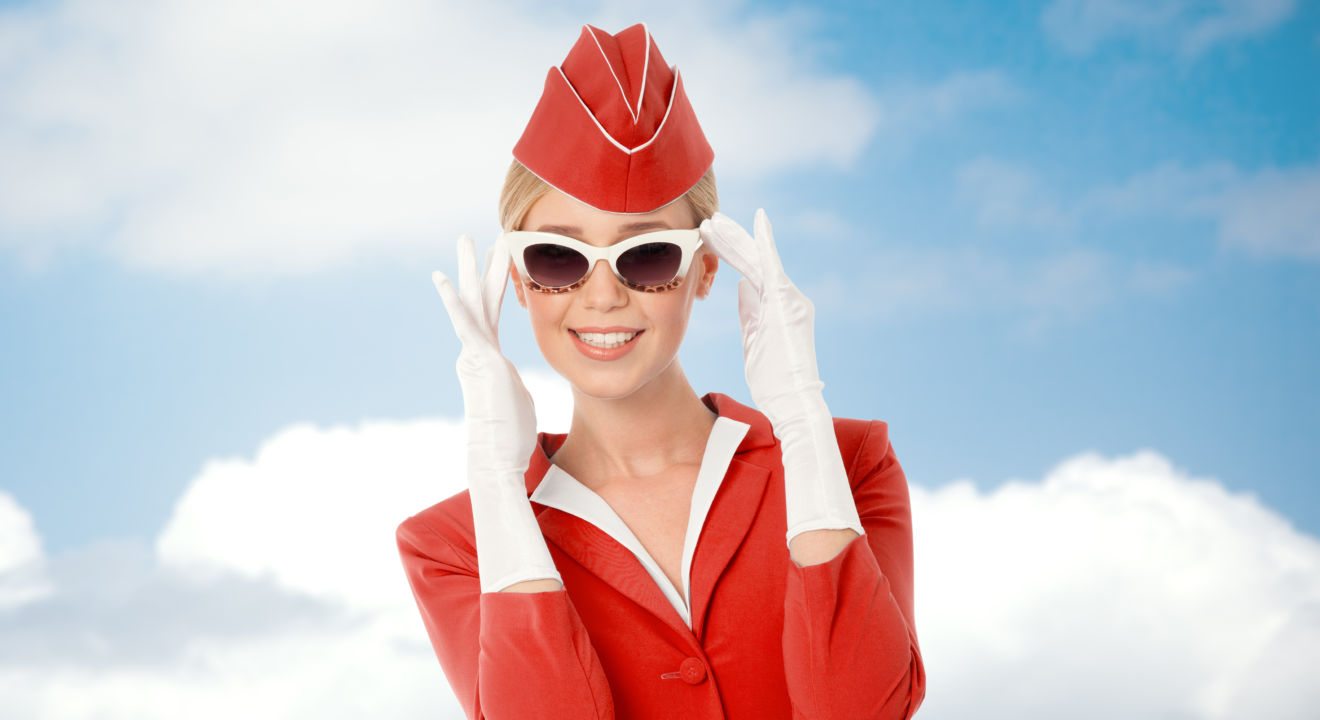Uncategorized February 17, 2017


Have you ever had style lust for a flight attendant? Who can resist a silk neckerchief and a pencil skirt? Though each airline has a different flight attendant uniform, one thing’s for sure: They look good. You’ve got to give them credit for maintaining their sense of fashion from 30,000 feet in the air. Wondering how these fly ladies (see what we did there?) got the garb they wear today? Read on!
The job of flight attendant remains dominated by women even to this day. In the beginning, the air born women were merely nurses. Their job was to help calm people with fears of flying, providing a vital service to airlines. As the number of nurses on each flight increased, they were assigned more tasks and turned into a crew. They were given matching uniforms, with long capes to keep warm across windy tarmacs.
When it comes to uniforms, fashion’s infatuation with flight attendant style trumps all others. Unfortunately, the road to their iconic reputation wasn’t necessarily devoid of offense. Flight attendants were used as objects to promote business. Advertising businesses made their outfits shorter, sexier and sometimes outright ridiculous. Though it seems that the sexiness of flight attendant style has stabilized, unions are still fighting against what they feel are unreasonable uniforms. Just this year, the women of British Airways won their two-year long fight for the right to wear pants.
Flight attendant uniforms are also infamously paralleled to the decades they originate from. Unlike other uniforms, which have stayed largely the same, flight attendant uniforms have gone through an intricate evolution that is both entertaining and shocking at times. Here’s our short breakdown of American flight attendant uniform trends throughout the decades!
Still, there’s much to look forward to when it comes to flight attendant fashion. In 2018, Delta is scheduled to debut its new Zac Posen designed uniforms. (Commissioning popular designers to create new flight attendant uniforms has been a go-to for many companies throughout flight attendant history.) We’re excited to see what Posen has in store for our favorite aerial women
Sorry, no related posts found.